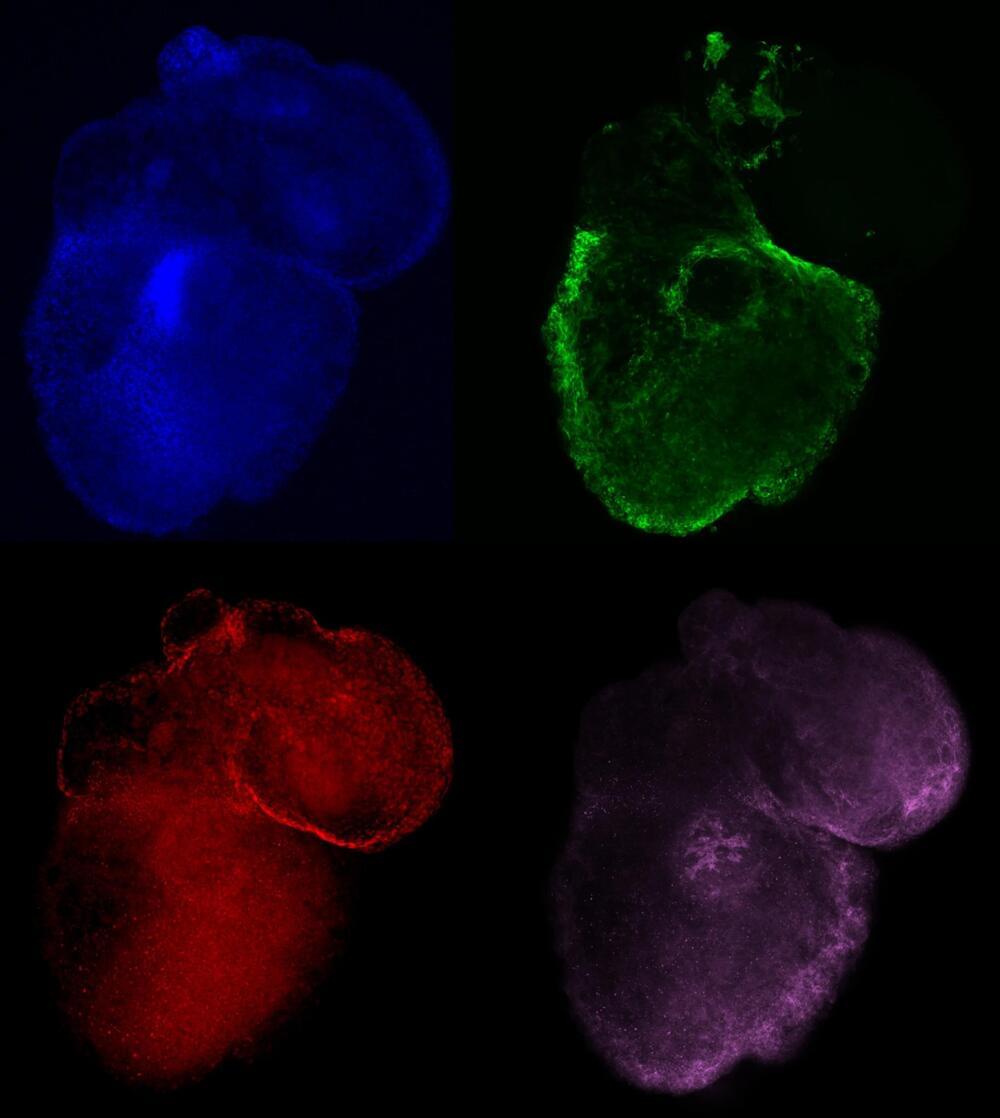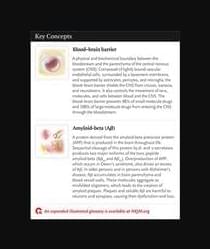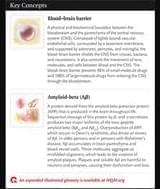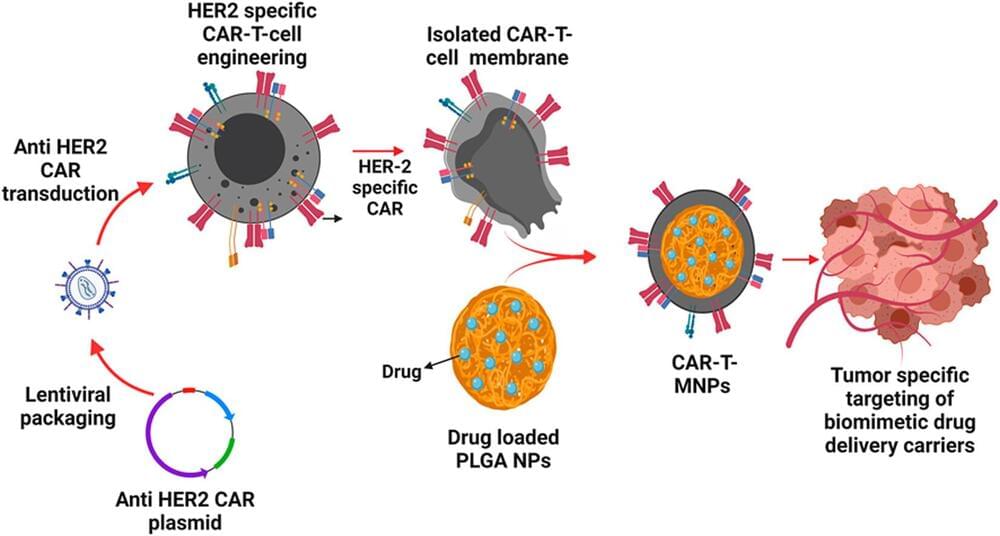Researchers at Trinity College Dublin, working together with the Royal College of Surgeons in Ireland (RCSI), have developed special fluorescent, color-changing dyes that, for the first time, can be used to simultaneously visualize multiple distinct biological environments using only one singular dye.
When these dyes are encapsulated in delivery vessels, like those used in technologies like the COVID-19 vaccines, they “switch on” and give out light via a process called “aggregation-induced emission” (AIE). Soon after delivery into the cells their light “switches off” before “switching on” again once the cells shuttle the dyes into cellular lipid droplets.






